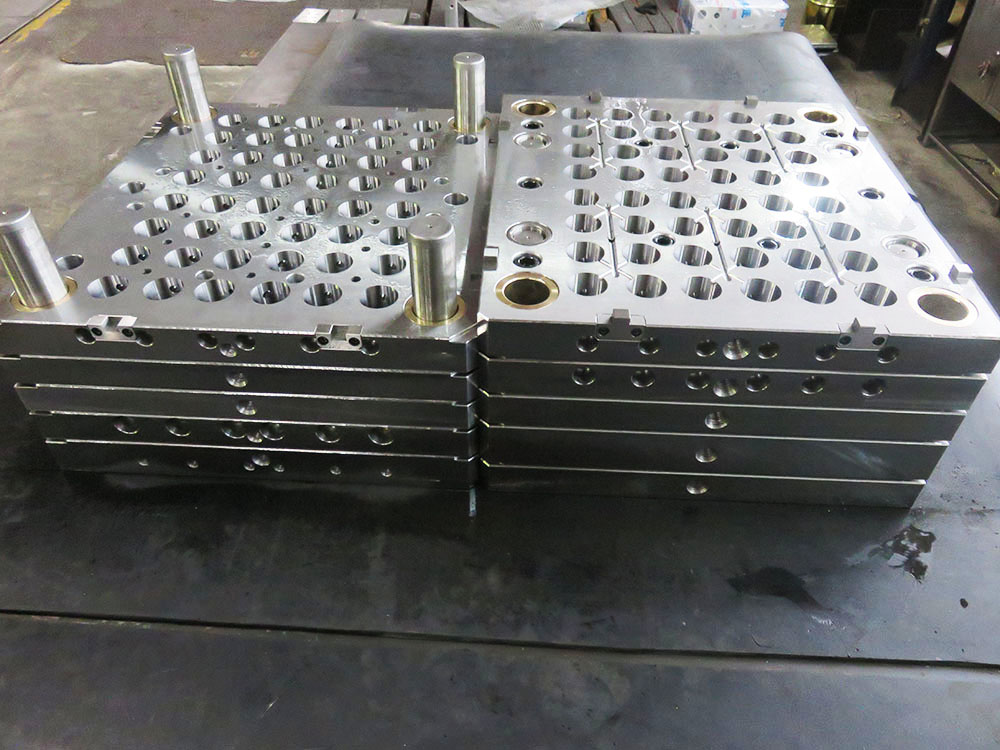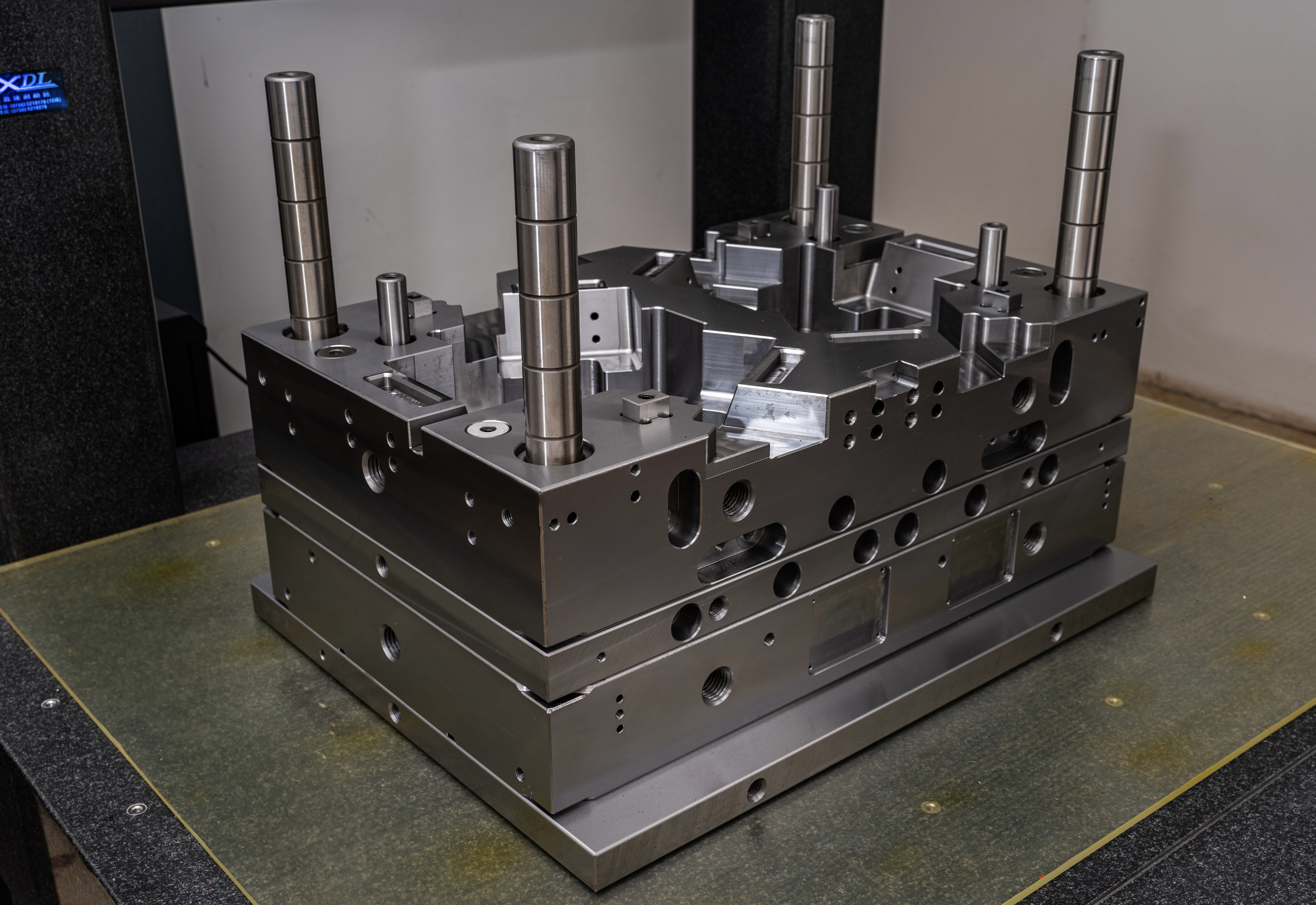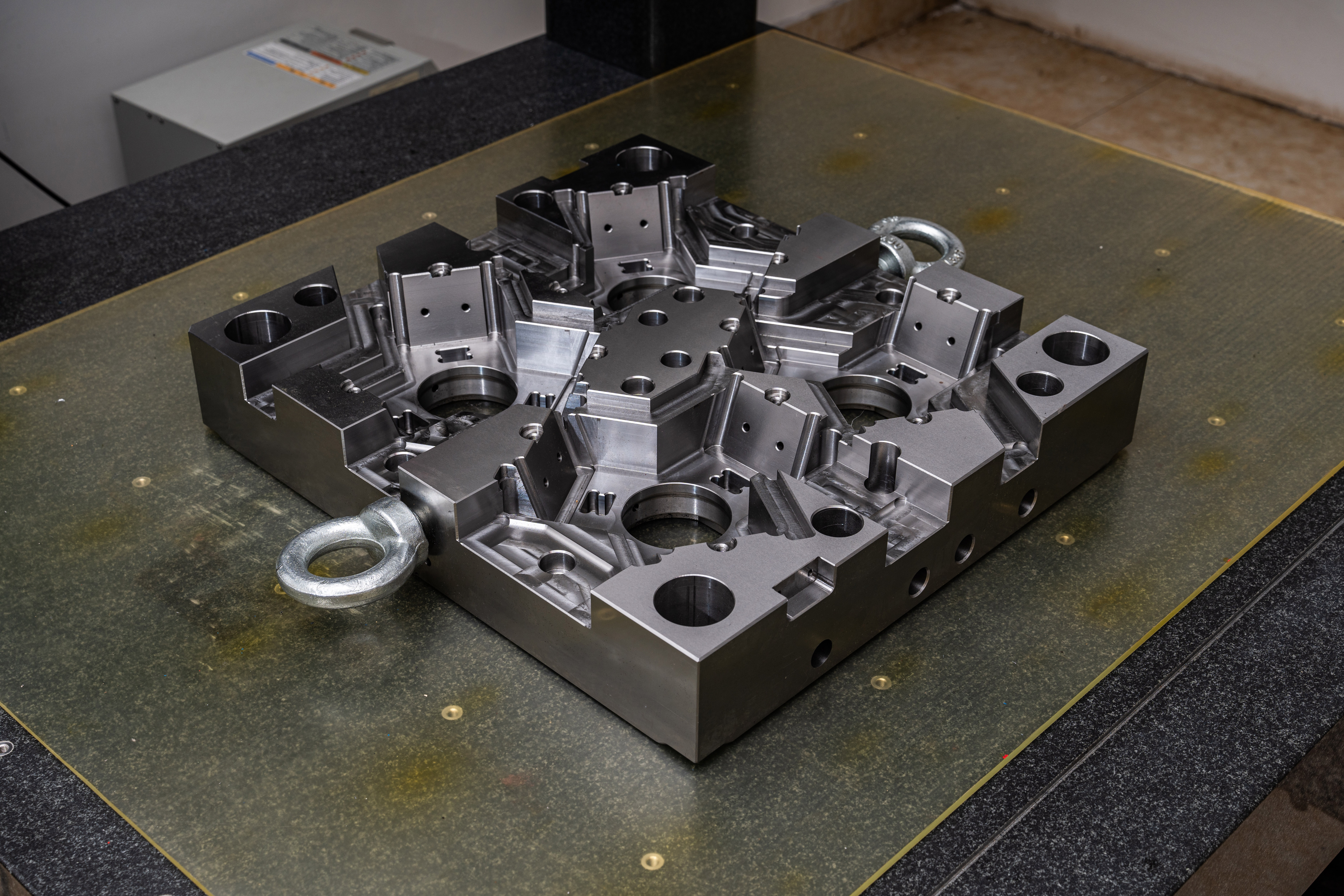Developing an Integrated Solution for Modular Architecture
In the world of manufacturing, the mold base industry plays a critical role in producing high-quality components for various industries. As technology advances and demands for customization increase, modular architecture has emerged as an efficient and cost-effective solution. In this article, we will explore the development of an integrated solution for modular architecture in the mold base industry.
The Concept of Modular Architecture
Modular architecture is a design approach that breaks down a complex system into separate modules that can be independently designed, manufactured, and assembled. Each module serves a specific function and can be easily replaced or modified without affecting the entire system. This flexibility allows for quick customization, reduced downtime, and improved overall efficiency.
Challenges in the Mold Base Industry
The mold base industry faces several challenges in meeting the increasing demands for customization. Traditional manufacturing processes involve extensive manual labor and complex tooling setups, resulting in longer lead times and higher costs. Furthermore, the lack of standardization and compatibility among different mold base components often leads to inefficiencies and compatibility issues.
The integrated solution
To address these challenges, an integrated solution for modular architecture in the mold base industry has been developed. This solution combines advanced technologies, standardized components, and streamlined processes to enable faster customization and improve overall productivity.
1. Advanced Design Tools and Simulation
The integrated solution starts with the use of advanced design tools and simulation software. These tools allow engineers to design and simulate the performance of individual modules, optimizing their functionalities and ensuring compatibility within the overall system. This reduces the need for costly physical prototypes and minimizes errors in the design phase.
2. Standardized Modular Components
To ensure compatibility and interchangeability, the integrated solution promotes the use of standardized modular components. These components are designed to fit seamlessly together, allowing for quick assembly and disassembly. Each module is equipped with standardized interfaces and connectors, enabling easy integration into the overall system.
3. Automation and Robotics
The integrated solution also leverages automation and robotics to improve manufacturing efficiency. Automated systems can handle repetitive and labor-intensive tasks, such as milling, drilling, and assembly. This reduces the reliance on manual labor and eliminates the risk of human errors, resulting in faster production cycles and higher precision.
4. Digitalization and Data-driven Processes
Digitalization plays a crucial role in the integrated solution for modular architecture. By collecting and analyzing data throughout the manufacturing process, manufacturers can identify bottlenecks, optimize workflows, and improve overall productivity. Real-time monitoring and analytics allow for proactive maintenance, reducing downtime and ensuring continuous operation.
Benefits and Future Directions
The integrated solution for modular architecture in the mold base industry offers several benefits. Firstly, it enables faster customization and reduces lead times, allowing manufacturers to respond quickly to customer demands. Secondly, it improves overall productivity and efficiency, resulting in cost savings and increased competitiveness. Lastly, the standardized modular components promote interoperability, enabling manufacturers to easily integrate new modules and technologies.
In the future, the development of integrated solutions will continue to evolve with advancements in technology. Artificial intelligence, machine learning, and the Internet of Things will further enhance automation, data analysis, and decision-making processes. The mold base industry will continue to embrace modular architecture and integrated solutions to stay competitive and meet the ever-changing demands of the market.
In conclusion, the development of an integrated solution for modular architecture in the mold base industry is revolutionizing the way components are designed, manufactured, and assembled. With advanced design tools, standardized components, automation, and digitalization, manufacturers can achieve faster customization, improve efficiency, and stay ahead in an increasingly competitive market.




